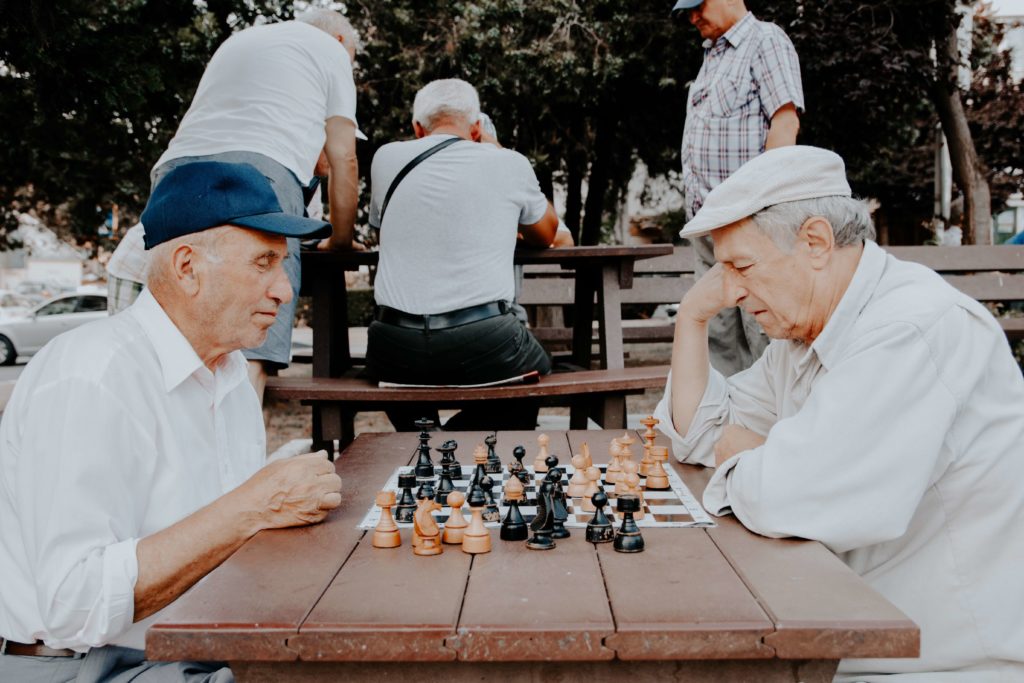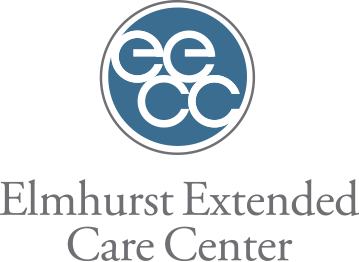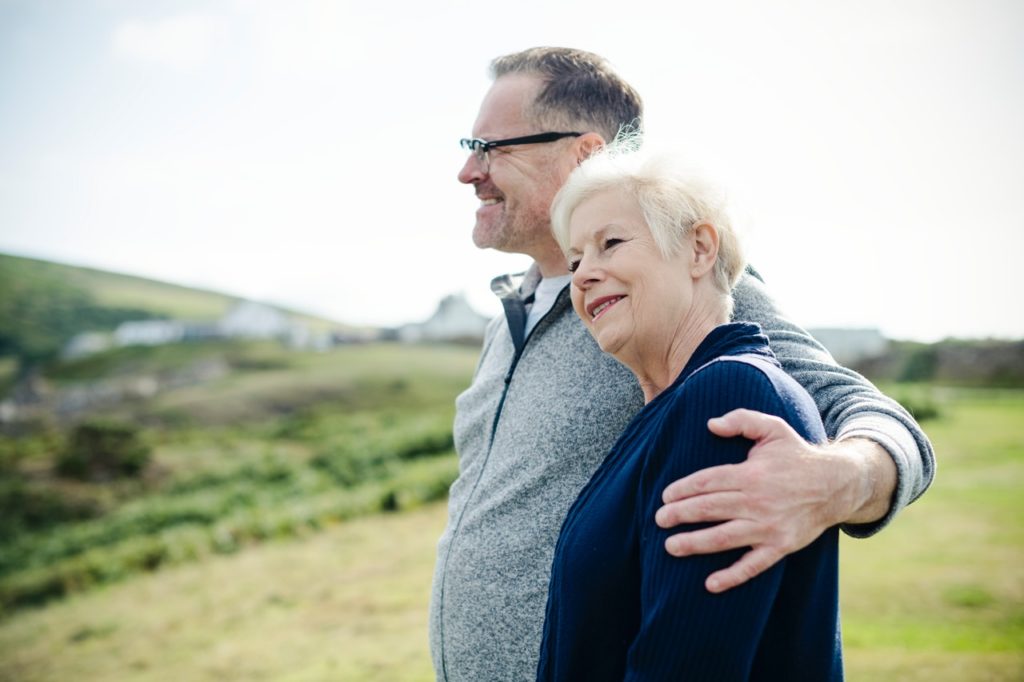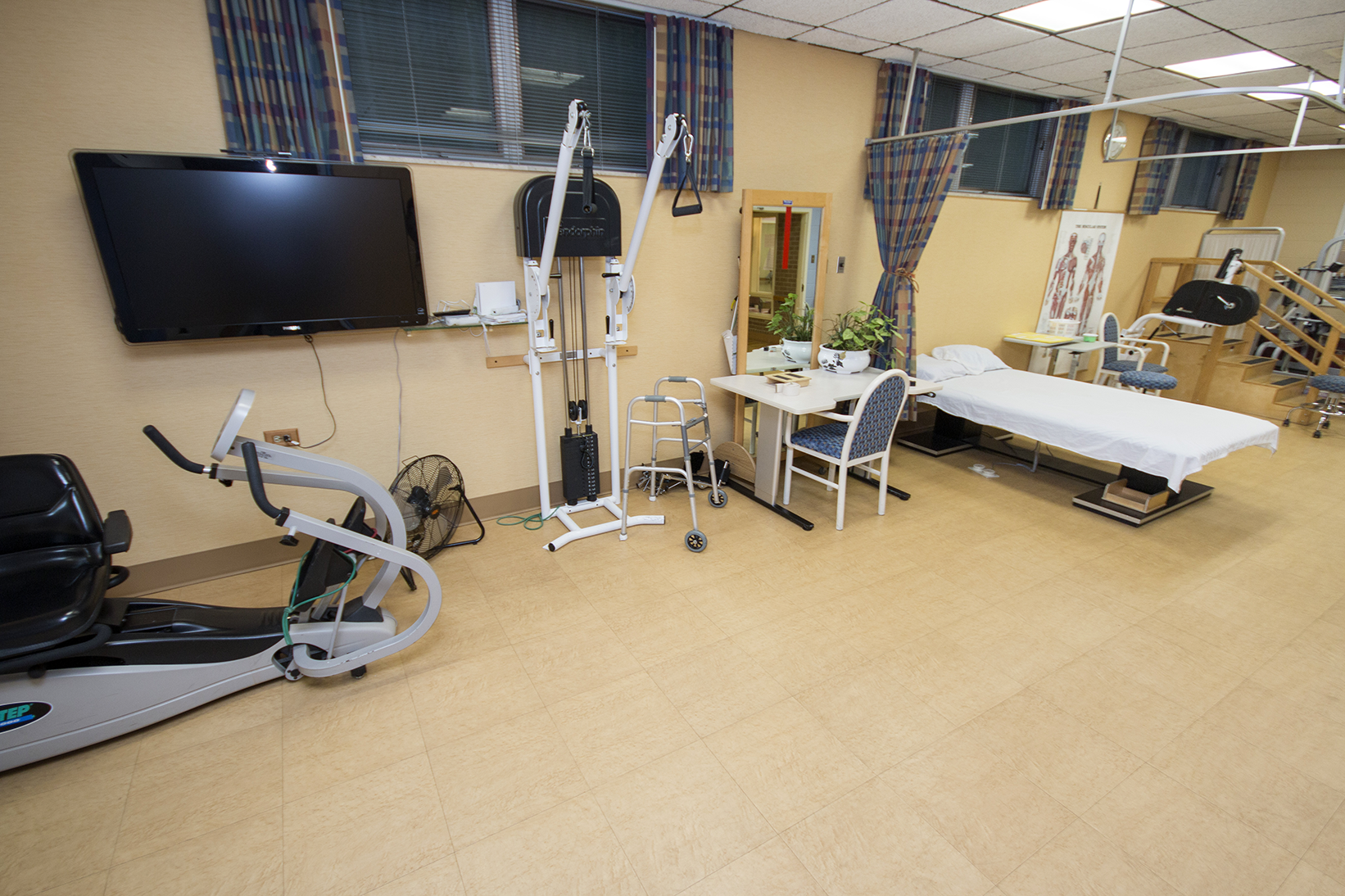4 Exercises to Do After Knee Replacement Surgery

According to the Agency for Healthcare Research and Quality, more than 600,000 knee replacements are performed each year in the United States. When you’ve gone through knee replacement surgery, it’s natural to want to get back up and moving as quickly as possible. But in order to do so, regular exercise is a must. It will help restore your strength and mobility and make use of your new knee that much easier and more enjoyable. Here are some exercises you can incorporate into your daily routine to help extend mobility, flexibility and strength:
1. Sitting Knee Extension
Sit up straight in a chair. It’s important that your chair be firmly set on the ground – no wheels or uneven flooring underneath. Bend your knees over the edge of your chair, resting your feet on the floor. Lift the leg of your new knee up until your knee is straight (do not lean back to do so). Hold your elevated leg in this position for 5 seconds, and then slowly return your knee to a bent position, foot on the floor. Repeat this exercise 10 times, 2-3 times a day.
2. Standing Knee Flexion
Using a walker or back of a heavy chair for support, stand upright facing your support piece. Slowly bend the leg you had knee replacement surgery on so that your foot comes up behind you. Bend your knee as far as you can, and then gently bring it back down for your foot to rest on the ground. Repeat this exercise 10 times, 2-3 times a day. This exercise is also easy to do while standing at the kitchen sink! Simply use your kitchen counter for support.
3. Heel Slides
Lying down flat on your back, gently bend your new knee. Slide that foot up towards your buttocks as far as you can go. Make sure to keep your other leg flat on the bed. Hold your bent knee position for 5 seconds, then gently straighten your leg back out and relax for 15 seconds. Repeat this exercise 10 times, 2-3 times per day. Make sure to take your socks off as they can make this exercise difficult and slippery. If you notice your unoperated knee trying to bend and slide up, place a pillow under that knee and focus on pushing your unoperated knee down into it as you slide your new knee.
4. Straight Leg Raise
Lie flat on your back. Bend your unoperated knee and place that foot flat on the bed, knee bent. With your knee replacement surgery leg, tighten your quad (the muscle at the front of your thighs), and raise your operated leg straight up. Make sure to keep your raised leg straight. Do not bend the new knee. Hold this raised position for 5 seconds before lowering it slowly back down. Relax for 15 seconds and then repeat 10 times, 2-3 times per day.
If you’re in need of physical therapy following your knee replacement surgery, give us a call at Elmhurst Extended Care Center. Our skilled therapists work with post-surgical patients for short-term rehabilitation that will progress you to your highest level of function. Find out how we can make your recovery process enjoyable and productive when you call us at 630-516-5000.


